Over the next few months I am going to discuss in further detail the physical assessment I do for new and existing clients.
I am currently based in Harrogate working as a personal trainer, rehabilitation specialist, and Holistic Lifestyle Coach at Harrogate Sports and Fitness Centre.
I wanted to give you an insight into how I do a full physical assessment with a client. The Totem Pole pictured at the bottom of the blog demonstrates every aspect of the assessment and starts with the most important for survival to the least important. For example our eyesight is a more influential system than our joints.
Here are the components of the assessment:
1. Breathing
2. Mastication (JAW) -TALKED ABOUT IN TODAY’S BLOG
3. Vision
4. Auditory / Vestibular
5. Cranio Cervical
6. Visceral Health
7. Limbic/Emotional
8. Sacro occipital
9. Joints
With this thorough assessment I can very quickly identify where you have your challenges and how or if it relates to physical pain and various other health challenges. Coupled with this a full assessment of your:
- Diet
- Sleep
- Levels of Stress
- Hormonal Profile
- Medical History
With all this information I can give you a fully customised health, fitness, and well being program.
Many clients have come to see me with standard orthopaedic problems such as back pain that have been caused by an issue with their neck,vision, breathing mechanics, and jaw.
Teeth, Jaw, and the Surrounding Muscles – TMJ
In today’s blog I am discussing the influence our teeth, jaw, and the muscles surrounding that area have on our mental, emotional, and physical health. This area is typically called TMJ which means teeth, muscles and jaw. Some people refer to it as TMD (temporomandiubular disorder) in reference to pain in that particular area.
The teeth muscles and jaw (TMJ) play a crucial role in:
- Posture
- Breathing
- Cervical health (NECK)
- Shoulder health
- Chewing
- Mental and Emotional Health
There is also strong research By Weston A Price clearly demonstrating the importance of diet and lifestyle and it’s huge influence on the health and development of the teeth and jaw. Weston A Price travelled the world in the 1920’s and 1930’s assessing the oral health of many many people. The results of the study are cited in his book, ‘Nutritional and Physical Degeneration’. Additionally, I visually demonstrate this with images and explanations in one of my previous blogs, ‘Take your health andawareness to a new level.’
Forward Head Posture and how it affects the jaw
The most common postural dysfunction I see every day is forward head posture. Forward head posture is where your head is positioned in front of the body’s vertical midline. Please see images below for a typical forward head posture and correct alignment. This can be caused by any or all of the following.
- Too much screen time
- Poor ergonomics
- Incorrect breathing mechanics
- Trauma
- Poor training and exercise habits
- Compromised mental and emotional health
- Poor dental health
- Poor diet
- Tightness in the neck muscles and shoulders
- Upper cervical ( neck) subluxations
- Eye /Visual health
- Vestibular/auditory issues
- Health of the jaw, teeth, and surrounding muscles
There are more contributors, however I hope that provides you with an understanding.
So how does forward head posture affect the jaw?
Well, forward head posture can affect the jaw and the jaw can affect forward head posture. Basically as the head moves forward the distance between two muscles (the infra and supra hyoid) around the neck and throat increases. These muscles can be somewhat lax preventing the jaw from being able to move forward. Instead the jaw is pulled back inducing retrusion of the mandible which is demonstrated on the image below. This produces increased jaw muscle activity and a flattening of the curve in the neck increasing forward head posture thus compromising the airway creating a breathing pattern disorder, most commonly mouth breathing.
How is all this caused?
It may interest you to know that one of the causes is actually the size of the maxilla arch. Commonly if the arch is too narrow (pictured below) the tongue cannot fit in the palate, this causes the tongue to drop down and this moves the jaw back into retrusion (where the mandibles move back). When the mandible moves back the airway is compromised, this is how you create breathing pattern disorders. I should note that the correct role of the tongue is actually to create a wide palate.
Here you can see a narrow maxilla arch where the tongue cannot sit on the roof of the mouth to open up the airway.
The key point is that these systems are interrelated and one can affect the other, and when one system is compromised numerous compensations can take place throughout the whole body. Compensations can be:
- Trigger points in the neck
- Headaches (very common for jaw issue)
- Muscular alignment issues, even lower body
- Fatigue
- Snoring
- Sleep disorders
- Eye dysfunctions
- Vocal dysfunction
AND MANY MORE…
Common Symptoms of Jaw Issues
This is what I see in practice with clients:
- Snoring can often be a teeth, muscles and Jaw Issue
- Sleep apnea is heavily linked with teeth, muscles and Jaw Issue
- Adults or children grinding their teeth (20% of people teeth grind)
- Clicking or popping in their jaw
- Muscles movement disorders
- Shoulder injuries
- Headaches
- Anxiety
- Fatigue
- Deviation of the jaw when opening and closing.
- Trauma – 45% of whiplash injuries create jaw dysfunction
- Jaw ache
What actually causes this?
As mentioned above if the palate is narrow and the tongue cannot rest on the roof of the mouth it will compromise the airway. However narrow palate can come from:
- Being bottle-fed as a child instead of breast feeding
- Malnutrition
- Neck/ Jaw alignment at birth related to delivery
- The amount of soft and hard foods in the diet
- Injury/Trauma
What can I do If I am suffering with some of these issues?
The first thing to do is to book an assessment with myself who can evaluate your physical health holistically. In the assessment I can:
- Inspect oral health and teeth
- Analyse the movement of the jaw
- Assess facial structure
- Assess the range of motion in the jaw
- Inspect the size of the maxilla
- Evaluate diet and lifestyle
- Assess the related systems such as the neck, eyes, and breathing
- Assess the posture
- Analyse the relationship between the teeth and organs.
- Refer and work alongside a holistic dentist with special interest in TMJ/TMD disorders. I highly recommend Dr John Roberts and Seb Lomas at Cote Royd Dental Practice in Huddersfield.
At Cote Royd dental practice they also offer an in depth assessment called a biological screening. They will assess:
- Blood pressure
- Airway, habitual, and sleep disorder breathing screen
- Joint vibration analysis looking at the movement of jaw
- Intra and extra oral exam
- Dental examination
- X-ray
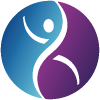
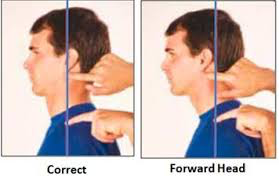
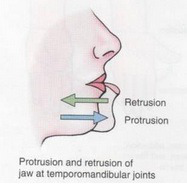
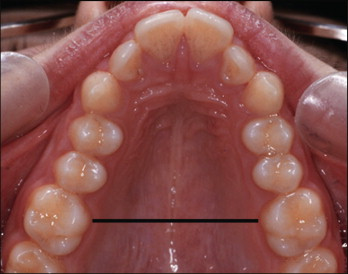
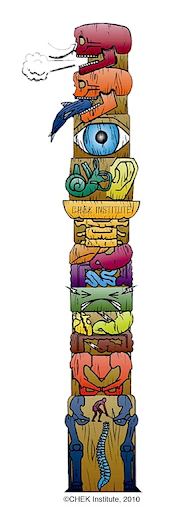
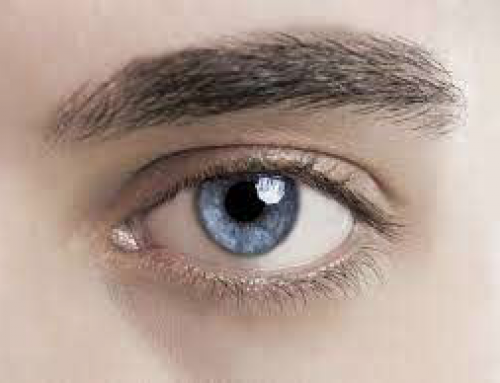
Leave A Comment